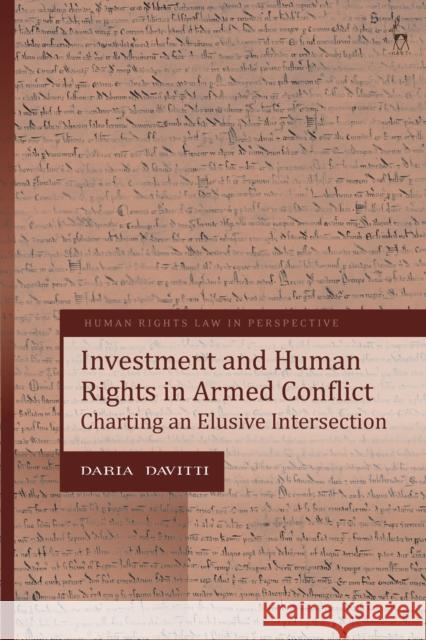Investment and Human Rights in Armed Conflict: Charting an Elusive Intersection » książka
topmenu
Investment and Human Rights in Armed Conflict: Charting an Elusive Intersection
ISBN-13: 9781509911660 / Angielski / Twarda / 2019 / 288 str.
Investment and Human Rights in Armed Conflict: Charting an Elusive Intersection
ISBN-13: 9781509911660 / Angielski / Twarda / 2019 / 288 str.
cena 439,90
(netto: 418,95 VAT: 5%)
Najniższa cena z 30 dni: 434,51
(netto: 418,95 VAT: 5%)
Najniższa cena z 30 dni: 434,51
Termin realizacji zamówienia:
ok. 30 dni roboczych.
ok. 30 dni roboczych.
Darmowa dostawa!
Kategorie:
Kategorie BISAC:
Wydawca:
Hart Publishing
Seria wydawnicza:
Język:
Angielski
ISBN-13:
9781509911660
Rok wydania:
2019
Numer serii:
000296873
Ilość stron:
288
Waga:
0.61 kg
Wymiary:
23.62 x 15.49 x 2.29
Oprawa:
Twarda
Wolumenów:
01
Dodatkowe informacje:
Bibliografia
Obwoluta
Obwoluta











